Follower of Raphael Sanzio (Urbino, 1483 - Rome, 1520), 17th-18th century
Oil on oval canvas (124 x 95 cm./ in frame 148 x 118 cm.)
Full details of this work can be viewed directly from the following - LINK -
The painting evocatively illustrates the triumph against the dragon of St. George, a noble knight of the Christian faith originally from Cappadocia (in present-day Turkey), whose miraculous adventure, imbued with symbolic meanings in the struggle between Good and Evil, has always been a favourite theme in art: in the Renaissance period it made it possible to stage ideals and values of both chivalry and religion.
The legend of Saint George, both saint and knight, is based on the model of the battle waged by the archangel Michael, exemplifying the struggle of Good against Evil, as described in the book of Revelation, from which, presumably, the image of the dragon is also taken.
"He came one day to the kingdom of Silene, plagued by the presence of a terrible dragon, whose destructive power could only be contained by human sacrifice. It was the 'soldier of Christ' who killed the dangerous beast and saved the sovereign's daughter from the monster's jaws, and as a reward he wanted neither honours nor money, but for all the people to convert to Christianity by receiving baptism".
Our painting is a good quality replica of one of Raphael Sanzio's most famous creations, the "Saint George and the Dragon" [1] commissioned in 1505 by Guidobaldo da Montefeltro to be sent as a gift to Henry VII of England and now in the National Gallery of Art in Washington (Mellon Collection) (http://catalogo.fondazionezeri.unibo.it/scheda/opera/30027/Sanzio%20Raffaello%2C%20San%20Giorgio%20e....
In the painting St. George is caught in the moment of his triumph over the Dragon, the emblem of Evil, as he spears him.
He is depicted according to traditional iconography, astride his steed dressed in shining armour, a crested helmet, while his iridescent red cloak appears puffed by the wind, enhancing the dynamism of the sculptural figure.
Defiladed, to the right, is the princess, composedly praying, gazing with devotion at the hero in action; while behind her we can make out a building, surrounded by an extensive wall to protect it from the dragon. This detail, not present in Raphael's original, is an addition by our author certainly to pay homage to the commissioner's place of origin or the place where the work is to be painted.
Analysis of the general stylistic features of the work allow us to propose a dating of the painting between the 17th and 18th century, linked to an artist marked by Roman culture.
Good conservation condition.
[1] Raphael Sanzio, c. 1505, Oil on panel, Location National Gallery of Art, Washington
ADDITIONAL INFORMATION:
The work is sold complete with a beautiful gilded wooden frame and comes with a certificate of authenticity and descriptive iconographic card.
We take care of and organise the transport of the purchased works, both for Italy and abroad, through professional and insured carriers.
It is also possible to see the painting in the gallery in Riva del Garda, we will be happy to welcome you to show you our collection of works.
Contact us, without obligation, for any additional information.
Follow us also on :
https://www.instagram.com/galleriacastelbarco/?hl=it
https://www.facebook.com/galleriacastelbarco/













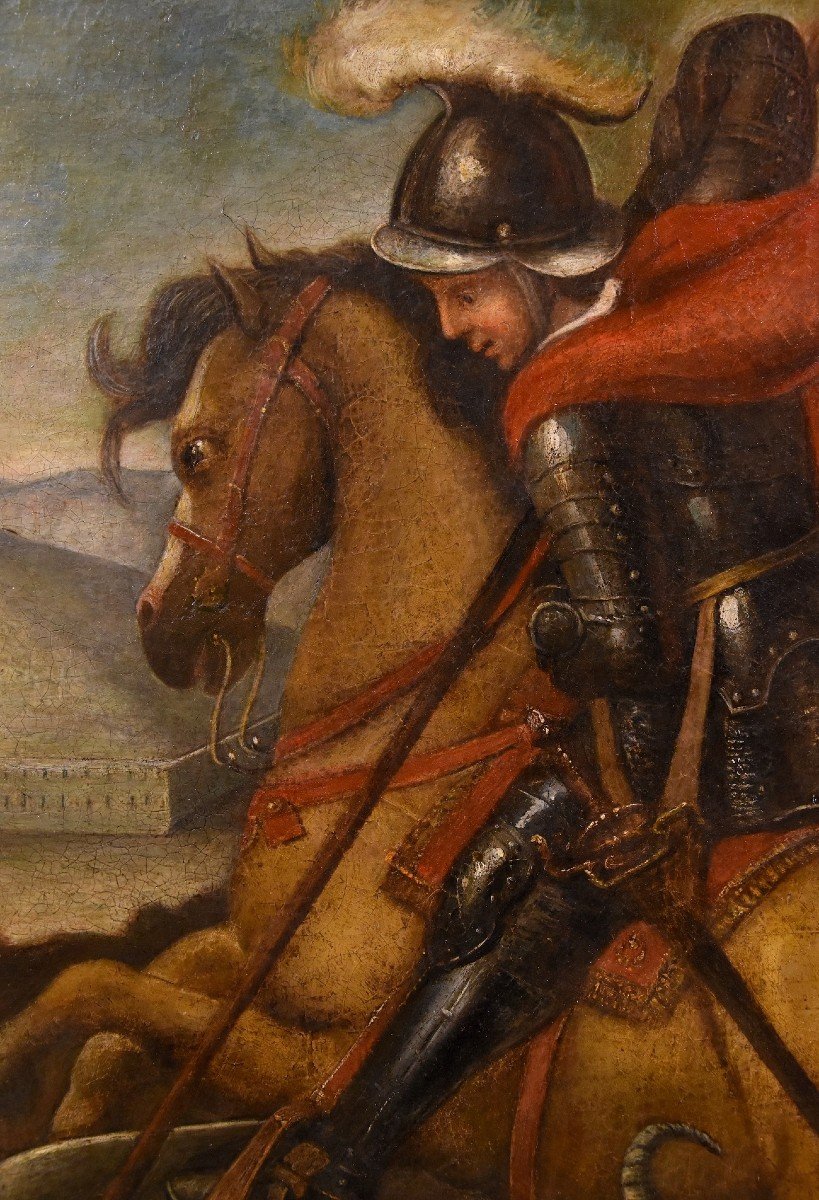




















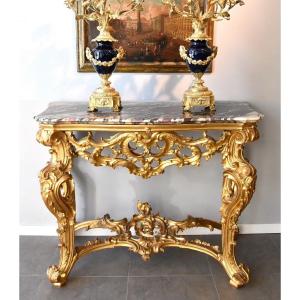



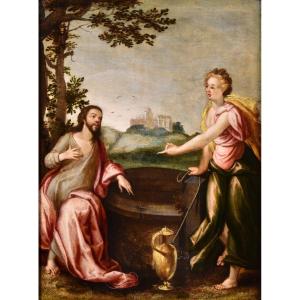
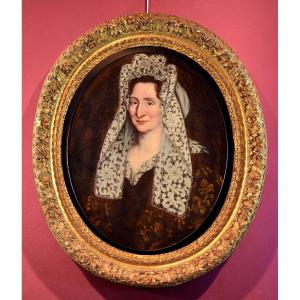



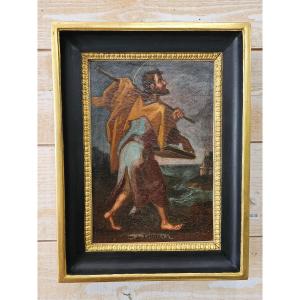
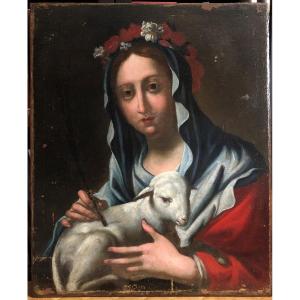
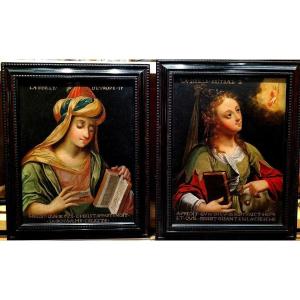
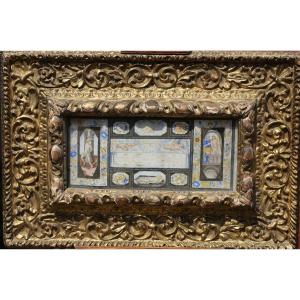



 Le Magazine de PROANTIC
Le Magazine de PROANTIC TRÉSORS Magazine
TRÉSORS Magazine Rivista Artiquariato
Rivista Artiquariato